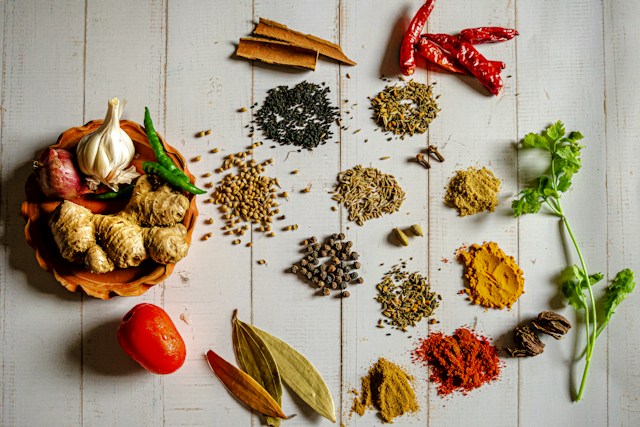As parents, we want to ensure our children get the best nutrition possible to support their growth and development. However, as a mum myself I understand that packing a healthy school lunch that your child will actually eat can be a challenge. How do you balance taste, variety, and nutrition without spending too much time or wasting food? Here are some tips and ideas for creating a healthy school packed lunch that your child will love.
What to Include
The foundation of a healthy packed lunch is balance. Include a source of each of the following food groups each day so your child gets a range of nutrients:
- Protein: beans, pulses, tofu, falafel, hummus, nuts, seeds, nut butter, eggs, cheese, yogurt (soya if dairy-free), fish, meat.
- Whole grains: bread, wrap, flatbread, crackers, bagel, pitta, pasta, potato, rice, couscous, quinoa.
- Fruits: berries, sliced apple (rubbed in a little lemon juice to stop them browning), grapes (cut length-ways), satsumas (peeled), tinned pineapple chunks.
- Vegetables: cucumber, olives, cherry tomatoes, baby corn, carrot sticks, pepper sticks. If your child likes dips such as hummus, you could add a small pot alongside the vegetables.
- Optional: I also like to add the occasional sweet food. I try and ensure it’s a healthier option such as dark chocolate chips, dried fruit or homemade energy balls or biscuits.
Tips to Make Lunches More Appealing
- Bento boxes such as Yumboxes are great way to pack alternatives to sandwiches. They are also useful for children who don’t like their foods touching.
- It’s best to ensure that you try any new foods at home first before adding them to your child’s packed lunch. This allows your little one to get comfortable with them.
- Children are more likely to eat foods that look appealing. For example, you can make fruit kebabs, use cookie cutters to make sandwiches into fun shapes, or use egg-moulds to shape boiled eggs into fun shapes. These honestly don’t take much longer to do. My little ones love doing their own!
- Be mindful of portion sizes. Big portions can be overwhelming for young children. Adjust portions based on your child’s age, activity level, and individual needs.
- Encourage your children to listen to their bodies and eat until they feel satisfied rather than finishing their lunchbox.
- Include your child in the process of planning and preparing their lunches. This increases the likelihood that they’ll enjoy their meals. I have a sheet listing the options within each food group so when my girls prepare their own lunches they can select one choice from each group.
- Lunchbox notes: I like to sneak an occasional note into my girls’ lunchboxes, especially on days they may need cheering up!
Practical Tips
- Use leftovers: I often pack leftovers such as pasta into a thermos. This saves me time preparing something different. It’s also a nice option for cold weather. To warm up your thermos before filling, pour boiling water into the thermos and cover for five minutes. Empty the water and then fill with food.
- Use your freezer: When I make homemade energy balls or biscuits I always freeze some, then simply add one to the lunchbox in the morning and it will be defrosted by lunchtime.
- Check School Policy: Always be aware of any allergies or dietary restrictions your child may have. Schools often have guidelines to ensure a safe environment for all students.
- Limit plastic: Try to avoid single using cling film and plastic sandwich bags where possible for both health, and environmental reasons. Wax wrap is a good alternative.
- Stocks up on tinned fruit: For convenience tinned fruit (in juice, not syrup) is a great option when running low on fresh fruit.




